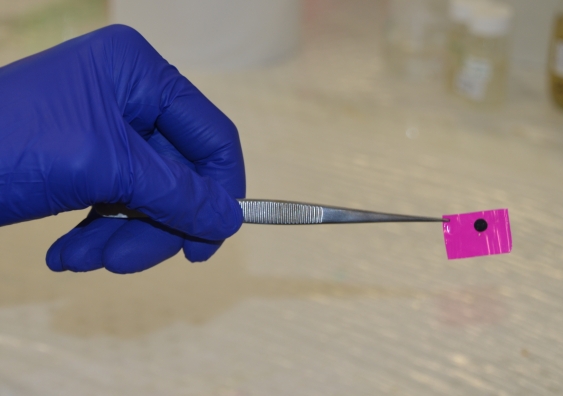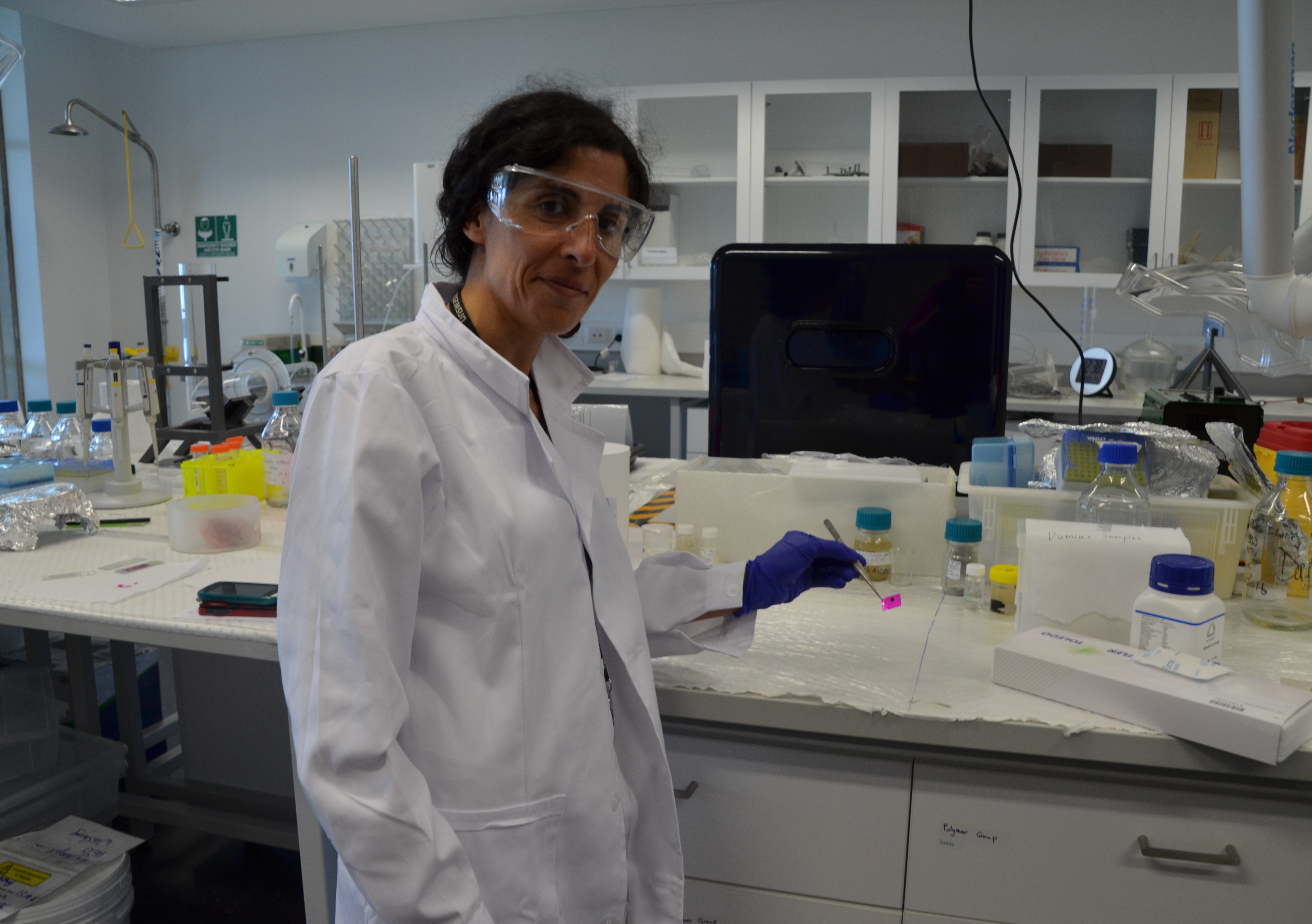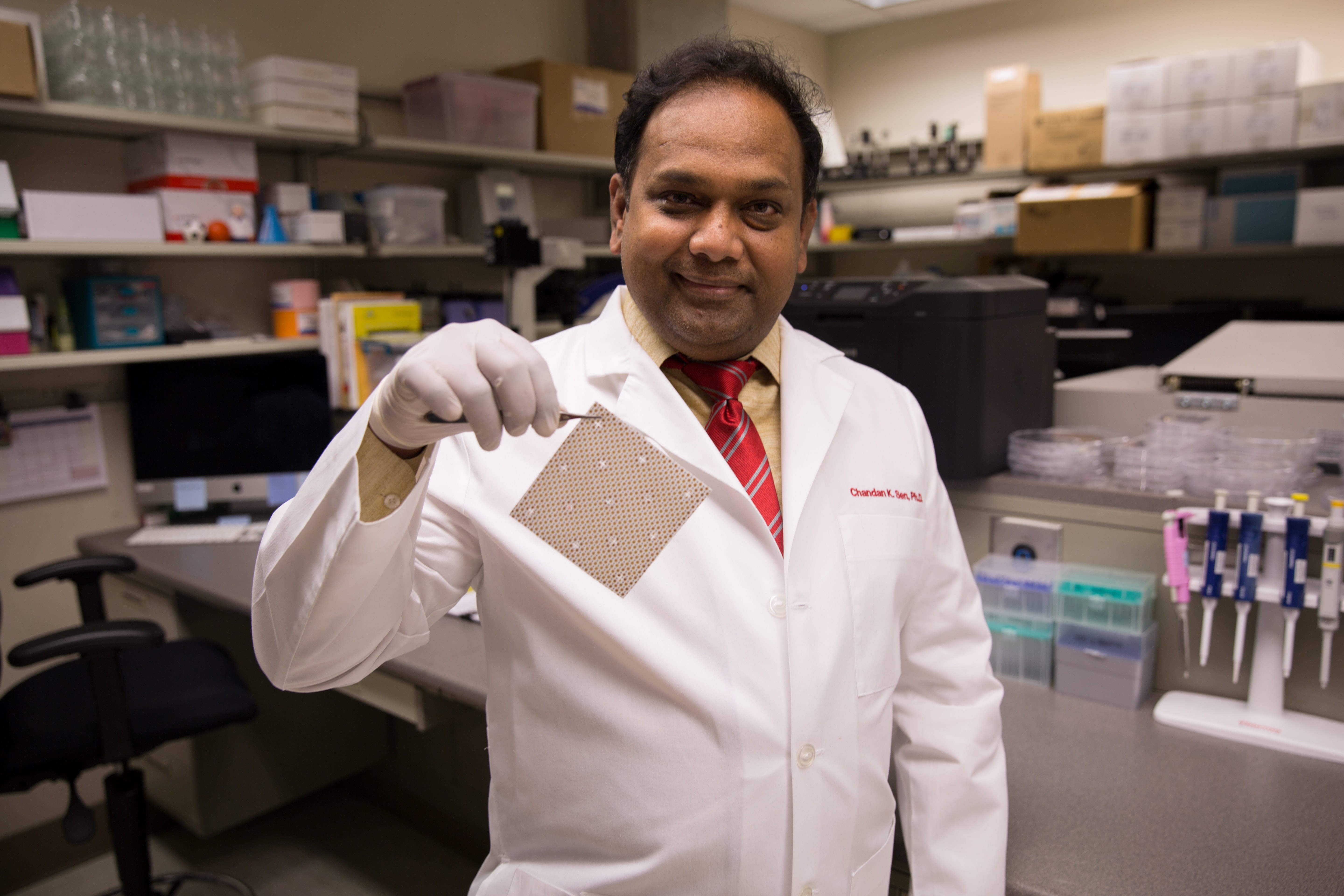Fixing a broken heart with a patch.
People with heart ailments could one day be saved by one small patch attached to the heart. Its primary function is to improve the conduction of electrical impulses which contribute to fewer risks of heart attacks.
Developed by the researchers from Imperial College London and The University of New South Wales (UNSW) Faculty of Science, the patch is designed to limit cardiac arrhythmia, which is a disorder of the heart rate which can happen after a heart attack.

Fixing a broken heart with a patch (Source: UNSW)
It was tested with rats and showed that it improved the conduction of electrical impulses across the heart scar tissue, leading to less complications after a heart attack.
One of the researchers from Imperial’s National Heart and Lung Institute, Sian Harding, said, “Heart attacks create a scar which slows and disrupts the conduction of electrical impulses across the heart.
“This leads to potentially fatal disturbances of the heart rhythm. Our electrically conducting polymer patch is designed to address this serious problem.”
The long-lasting, flexible patch is made from a conducting polymer called polyaniline, a fiber called chitosan often found in crustacean or crab shells, and a substance called phytic acid found in plants, which is added to the polyaniline to switch to its conducting state.
It has a distinct quality that allows the conducting polymer to work with bodily fluids.
Dr Damia Mawad from the UNSW’s School of Materials Science and Engineering explains, “Conducting polymers work when they are dry, but most become non-conducting in a very short time when placed in bodily fluids.

Fixing a broken heart with a patch (Dr Mawad. Source: UNSW)
“Our suture-less patch represents a big advance. We have shown it is stable and retains it conductivity in physiological conditions for more than two weeks, compared with the usual one day of other designs.”
Other than its ability to conduct when attached to the heart, it also doesn’t need to be stitched, added Dr Mawad. It is minimally invasive and less damaging to the heart.
Instead, the patch is stuck to the heart tissue by only shining a green laser on it, which is a patented technique at UNSW by Dr Antonio Lauto of Western Sydney University.
The technology is still in its early stages of research, but Dr Mawad hopes that this could allow to gain insights into the interface between the material and the tissue.
Imperial’s Professor Molly Stevens weighed in, “The patch can help us better understand how conductive materials interact with heart tissue and influence the electrical conduction in the heart, as well as better understand the physiological changes associated with heart attacks.”
Source: UNSW














